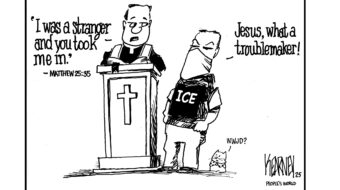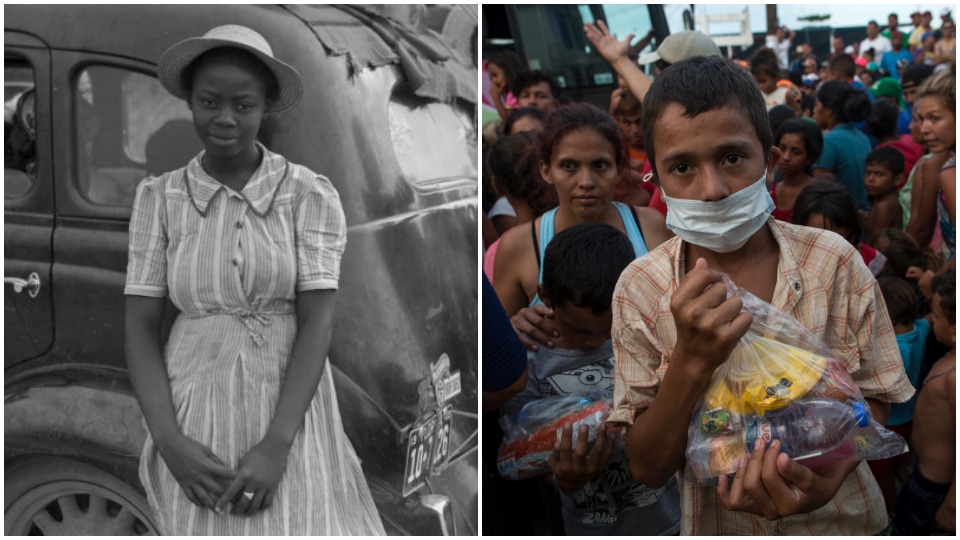
Editor’s note: The following article is based on remarks given by the author at Black History Month events held in New Haven and Hartford, Connecticut under the theme “The Great Migration: Then and Now,” in February 2019.
As someone who writes stories for a living, both fiction and non-fiction, I believe that narrative is very important and that the stories we tell can greatly influence the movements of today. It’s essential that we make connections between the struggles we’ve been through in the past and the trials and tribulations we face today. This is true not only as individuals, but as a movement of peoples, cultures, and histories, intertwining towards what is hopefully a brighter and stronger future together.
Civil rights activist Ella Baker said, “We who believe in freedom cannot rest,” and that is because our journey is a long, but also righteous one.
We are living in turbulent political times, with a president whose administration emboldens its supporters through hatred, bigotry, fear, and paranoia. The Trump White House continues to paint a picture of an America (and a world) deeply divided. It presents the narrative that only a certain group of people deserve protection, rights, job security, and a fulfilling way of life. With this president’s continued lies, hateful rhetoric, and fake emergency declarations, many people, especially working people of color, are facing social upheaval and even threats to their lives.
According to an analysis from the Center for the Study of Hate and Extremism, over the past four years, the number of hate crimes reported to police have continued their dramatic rise—reaching the highest level the United States has seen in a decade. There has been a reported 17 percent increase in hate crimes from the previous year alone.
Trump and his administration have constantly tried to scapegoat real issues plaguing working people—such as poverty, unemployment, and a growing wealth gap—on the idea of the “other,” some outside threat supposedly plaguing the country. Usually, this is just coded language to put the blame on people from marginalized groups.
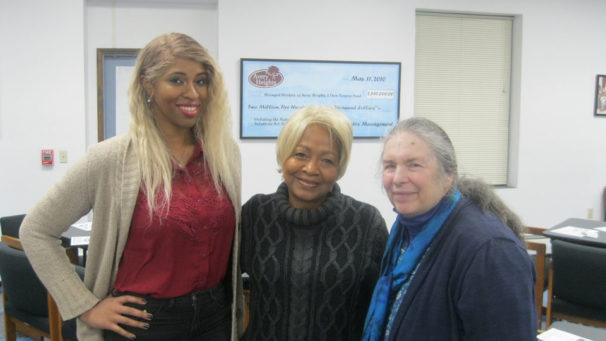
Most recently, we’ve seen this with the targeted attack on the rights of undocumented people living in the United States. Fake emergencies are being declared in an attempt to to build support for a wall that will do nothing to solve any of the systemic issues in this country. Children, meanwhile, are torn from their families, resulting in traumatizing experiences that will forever haunt them.
Yet, this targeting of the “other” is not a new strategy for those that seek to oppress and exploit people of color and working people as a whole. The entire struggle of Blacks in this country has been one of combating and rising above adversity and severe exploitation.
From the days of brutal slavery and the Great Migration (which saw more than six million African Americans move out of the rural South) all the way up to the fight against systemic racism today, the story of Black people in this country is a symbol for hope, courage, and resilience in the face of oppression.
It is a narrative that we, those who advocate for equality and true freedom, must take ownership of, and promote, in the face of “fake news” and rhetoric that seeks to make us forget our past struggles and triumphs.
They want us to forget, because they hope we won’t stay diligent in not only the fight for our equality, but the fight for the freedom and justice for all—including those who are a part of today’s great migration, those who are seeking safety, security, and a opportunity here in the United States.
The Migration and the Renaissance
The Association for the Study of African-American Life and History (ASALH) announced that the national theme for Black History month this year is Black Migrations, emphasizing the movement of people of African descent to new destinations and new social realities. There are many threads connecting the Great Migration of African Americans in the early 1900s to the great migration happening now with undocumented workers making their way to the United States. The struggles faced by migrants then share similarities with those of today.
As a journalist who focuses on culture and art, I want to highlight one of the great movements born out of the Great Migration—the Harlem Renaissance.
Spanning the 1920s, the Harlem Renaissance was an intellectual, social, and artistic explosion that took place in that New York borough. Known as the “New Negro Movement,” it was one of the defining examples of the new Black cultural expressions that appeared in urban areas as African Americans made their way out of the South into the Northeast and Midwest.
Harlem was the place where the largest chunk of that migration ended up, and many historians see the Harlem Renaissance as the rebirth of African-American arts.
Events don’t happen in a vacuum. To understand the context of the Great Migration, it’s essential to understand the disenfranchisement and violence that African Americans faced in the South after the defeat of Radical Reconstruction.
Radical Reconstruction was the period after the Civil War when newly-freed Blacks were gaining rights and representation in government for the first time. It was met with a savage response by those motivated by white supremacy.
This resistance to change became the rigid segregation system that we know as Jim Crow. Black communities were terrorized by the KKK, other white supremacist organizations, and lynch mobs. Because of this continued assault on their rights and safety in the South, many African Americans began making their way to what they hoped would be greener pastures in the North, Midwest, and Western states.
The art of resistance
Yet, the experiences of brutality, the failure of Reconstruction, and the hope for true democracy didn’t leave those that migrated. They did not forget their history and experiences; instead they took hold of them, giving voice and space to their experience—just as we should all do.
There were many groundbreaking works that dared to show the complexity, multiple layers, and nuance of the African-American experience during this era.
The groundbreaking Three Plays for a Negro Theatre by white playwright Ridgely Torrence gave Black actors the space to convey complex, fleshed out characters on stage that went beyond Blackface and minstrel shows.
Claude McKay, Jamaican writer and poet, wrote the political sonnet If We Must Die in 1919, that spoke to the fighting spirit of Black people taking charge of their struggles and combating oppression.
The Harlem Renaissance put a spin on many influential institutions that were part of African-American life and culture, including religion. American painter, illustrator, and visual arts educator Aaron Douglas often used his artwork to display Christian stories infused with Black people, infusing biblical imagery with Black struggle.
Music told the stories of Black pain and triumph. Billie Holiday, the great “Lady Day,” an American jazz singer who famously brought mainstream attention to the haunting song “Strange Fruit,” which talked about American racism and the lynching of African Americans. Holiday once noted of the song: “It reminds me of how Pop [her father] died. But I have to keep singing it, not only because people ask for it, but because twenty years after Pop died, the things that killed him are still happening in the South.”
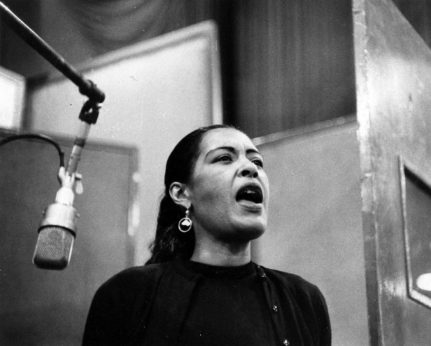
It was Holiday’s insistence to keep singing this song that put her on the radar of the notorious FBI racist Harry Anslinger, the first commissioner for the Federal Bureau of Narcotics, who would go on the hunt for Holiday, seeking to destroy her career and livelihood, mainly because she refused to stay silent.
Great American poet, novelist, and activist Langston Hughes used his writing to explore Black identity and the topics of sexuality and homophobia. Hughes’ 1926 essay The Negro Artist and the Racial Mountain called for Black artists and creators to stand in the truth of their identity, rather than trying to aim to please white sensibilities and “mainstream” audiences.
It should be understood that during this time, the North, Midwest, and Western states weren’t some sort of utopia for Black Americans who made the migration. Racial tensions remained, oppression still existed, race riots occurred, and the ideals of white supremacy still shaped everyday life.
What’s to understand from the Harlem Renaissance is that within that continued struggle, art and resistance combined to produce a movement that is part of the foundation we stand on today.
The organization of struggle
Organizations that fought for democracy and equality were active during this era, as well. W.E.B. DuBois, leading American sociologist, historian, civil rights activist, and figure closely linked with the Harlem Renaissance, was one of the founders of the National Association for the Advancement of Colored People (NAACP).
During this period, the Communist Party of the United States (CPUSA) played a key role in the labor movement, and the rights of workers in organizing unions and a strong labor force. The party’s focus on racial unity in the labor movement linked up with the struggle of African Americans during the Great Migration to find stable work and livable wages—something we still deal with today.
It was inspiring to arrive in Connecticut and attend the Town Hall meeting in New Haven, where hundreds of residents continue to hold their city’s largest employer, Yale University, accountable on their agreement to employ local residents. Fights like this are in the vein of a long history of the fight for economic stability and livable wages.
During the late 1920s, the CPUSA helped to organize Upper Harlem Council of the Unemployed, which was part of a nationwide day of action against unemployment that brought 500,000 people into the streets. The Communists led the way during the infamous case of the Scottsboro Boys, nine young Black men falsely charged with rape in 1931. The CPUSA, along with the NAACP, worked for the young men’s defense and against their racist convictions.
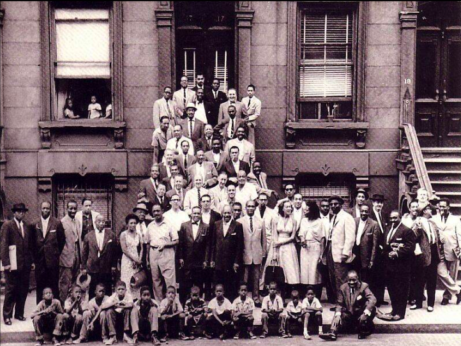
Progressive journalism during this period also advocated for equality, democracy, and especially the protection of the rights of African Americans. The official publication of the NAACP, The Crisis, was founded in 1910 by DuBois and others.
The principles of The Crisis were (and remain): “To battle tirelessly for the rights of humanity and the highest ideals of democracy. To tell the world the facts. To expose injustice and propose solutions. To speak for ourselves.”
The Daily Worker newspaper, predecessor of People’s World, the publication I’m here representing today, was also a leading voice in the struggles of that time. Founded in 1924, it was one of the first (and few) publications that wasn’t predominantly Black to report on issues concerning people of color.
The Daily Worker reported on cases like the Chicago lynching of William Bell and his family’s fight for justice. In 1944, the newspaper was the first non-predominantly Black publication to report on the case of Recy Taylor, a young Black woman fighting for justice after being raped by white men. The Daily Worker interviewed Recy and gave her a national platform to tell her story.
Shaping the narrative for justice today
Spreading our narrative to the world and giving a voice to our struggle and our victories is essential. This is what the Harlem Renaissance was able to do when it reflected the time experiences of the first Great Migration back in the early 1900s.
We continue that today. The amount of art, stories, and movements in defense of the immigrant workers of today’s Great Migration is growing.
As we go into election year 2020, we see that great strides have been made. Historic happenings have occurred, such as the unprecedented number of women, particularly women of color, even more specifically Black women, who are running for office and winning.
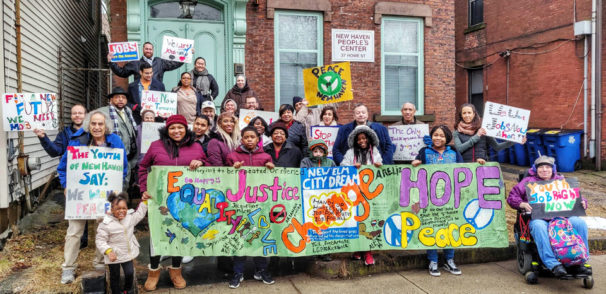
After the 2018 elections, we see Black women taking center stage in the political arena, such as Stacey Abrams, demanding equality and justice for all. Representation that looks like us is important, and we have to not only elect those that support our struggles, but also elect ourselves to tell our stories and lead the way for true democracy.
None of this today would be possible if not for the fights of our past. It influences our present, and how we will learn from it shall determine our future.
As Rev. Dr. William Barber of the Poor People’s Campaign, which builds on the Poor People’s Campaign of the 1960s, has said, we must “challenge the evils of systemic racism, poverty, the war economy, ecological devastation, and the nation’s distorted morality.”
With voter suppression, often targeted towards communities of color, running rampant, it is important to understand that we have fewer voting rights today than when the Voting Rights Act of 1965, which we fought for, was passed.
The voter suppression that happened in Georgia and other states in the recent midterm elections is connected to a larger anti-democratic effort underway across the country. The rights of voters have been under attack since the removal of a major provision in the Voting Rights Act by the Supreme Court in 2013. This provision required that lawmakers in states with a history of discriminating against voters of color get federal permission before changing their voting rules. Since this gutting of the Voting Rights Act happened, many of these same states have implemented stricter voter registration rules, often targeting voters of color.
Systemic racism is still very much alive. Legislative actions and legal decisions at the federal and state levels have restricted the ability of people of color—especially poor Black people, Latinx, and Native Americans—to participate in the democratic process.
The so-called “tough on crime” politics of the right has led to increased policing of working poor communities, along with a tenfold increase in annual spending on prisons since 1976. Prisons, as we know, have become the new form of modern slavery, as Blacks, Latinos, and people of color are placed in prison at a rater highly disproportionate to their white counterparts.
Federal spending on immigration, deportation, and border policies has increased from $2 billion to $17 billion, while deportations have increased tenfold between the years 1976 and 2015.
Nearly 41 million Americans live below the federal poverty line.
But we’ve fought this before. We won then, and we can win again. It is through this understanding of past battles and victories that we keep in the forefront what we deserve now, and what we have always been capable of achieving.
We fought against Jim Crow and oppression, but the fight continues. And it’s through solidarity, and the joining together of people’s struggles that we’ll build a bridge forward. We must hold dear to our history and our stories and continue to speak of both the horror and the hope.
As one of my favorite writers, Zora Neale Hurston, who was also a staple of the Harlem Renaissance, once said, “If you are silent about your pain, they’ll kill you and say you enjoyed it.” We must give voice to our pain, our struggles, and our victories.
Black History month is every month. Black History is American history. Don’t let them tell you different. We celebrate and learn from our history, to continue to fight for our future.



